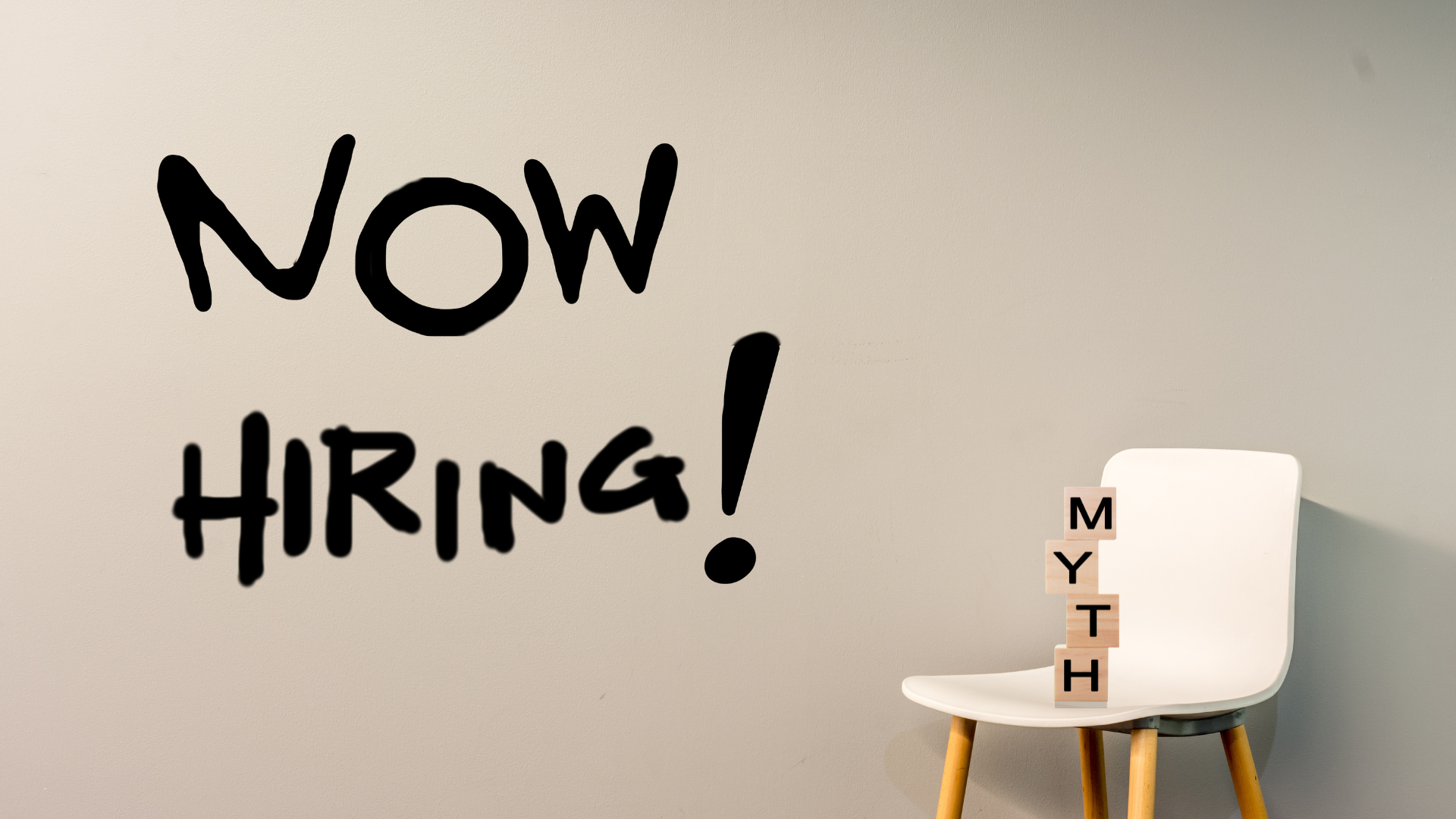
AI is transforming recruitment at a remarkable pace. What once took hours of manual effort can now be managed in seconds. But even with all the automation, one thing remains clear: hiring is still deeply human, and much of the process should stay that way. Top recruiting teams are discovering that success comes from striking the right balance between AI and human recruiter involvement.
What was once just a helpful tool, AI has quickly become the engine behind entire hiring workflows. In just a few short years, we’ve moved from automated resume scanning to AI agents that can source, screen, schedule, and communicate with candidates. And it raises critical questions for hiring teams: how do we keep the hiring process efficient and successful without losing the human element? And, now that we know how to use it, do we know when not to use it?
How AI Is Changing the Game
Initially, AI was used to enhance data, algorithms scored resumes, and suggested better matches. Today, AI agents don’t just support recruiters; they run sourcing, outreach, scheduling, and even follow-up. Companies are seeing productivity soar and costs decline. One well-managed AI system can replace multiple entry-level sourcers. And that’s not speculation, it’s reality.
HR teams are realizing that AI tools can do more than just speed up hiring. They can also reshape how their organizations attract and evaluate talent. Natural language processing (NLP) can analyze thousands of resumes in moments. Smart sourcing platforms can identify passive candidates who match open roles. Chatbots can keep candidates engaged 24/7. And predictive analytics can flag which applicants are most likely to succeed.
It all comes down to this. If your company isn’t using AI in recruitment, you’re not just behind. You’re getting left behind!
Where AI Delivers Value
There’s no denying the benefits:
- Time-Saving: AI turns hours of sourcing and screening into minutes.
- Cost-Effective: A lean team armed with AI can outperform a larger traditional recruiting group.
- Scalable: AI can analyze thousands of profiles simultaneously with no drop in performance.
- Consistent: It doesn’t get tired, emotional, or distracted, and it doesn’t forget to follow up.
AI delivers a positive return. The time saved outweighs the extra diligence needed to keep it on track…Or does it?
Related Read: Recruitment Process Outsourcing: 8 Problems It Solves
Despite its accolades, AI isn’t flawless, and the risks can be significant if left unchecked. It can misinterpret prompts, fabricate data, or amplify hidden biases, especially when not trained or audited. Large language models (LLMs) like ChatGPT, Grok, and others are powerful tools, but they’re only as reliable as the guidance and data behind them.
Just because AI can do something doesn’t mean it should. When it replaces meaningful human interaction and oversight, such as conducting interviews or making hiring decisions without human input, the candidate experience suffers. And while it may be tempting to let AI take the wheel, the truth is that it still struggles with nuance. That’s exactly where human judgment is not just helpful, but essential.
This shows up in several areas:
- Nontraditional backgrounds: AI may overlook candidates who don’t follow linear career paths.
- Cultural fit: Algorithms can’t gauge team dynamics or soft skills.
- Empathy and communication: Sensitive conversations, like rejections or offers, need a personal touch.
Consider this example. Amazon scrapped its experimental AI hiring tool in 2018 after it was found to downgrade resumes with words like "women’s," revealing how easily biased data can lead to flawed outcomes.
Yet, we continue to see similar examples of missteps: candidates being interviewed entirely by AI, with no actual human connection. It may save time, but it can cost you trust and top talent. It can have serious security implications as well, even open the floodgates to ethical or legal issues.
Finding the Right Balance
The key isn’t choosing between AI and people. It’s designing processes that let each do what they do best while working together. Rather than choosing either of these options, the smartest teams are integrating AI to support human decisions—not replace them. Here are a few ways to make it work:
- Let AI handle the first steps: Use it to screen or rank applicants, but keep human recruiters involved in oversight and final decisions.
- Build hybrid workflows: Combine automation with structured interviews.
- Audit tools regularly: Train your AI platform by inputting preferences and corrections; make sure your systems are fair, explainable, and up to date.
- Prioritize the candidate experience: Even automated steps should feel thoughtful and personal, but don’t step away completely.
In short, let AI handle high-volume sourcing, screen resumes for basic fit, and automate repetitive tasks. But let humans oversee the process, conduct interviews, assess culture and team fit, and make final hiring decisions. Embrace the notion that the recruiter’s role is rapidly evolving.
Keep Candidate Experience at the Forefront
Candidates notice when a process feels robotic. They also notice when it’s smooth, fast, and respectful. The right use of AI can improve the experience by reducing wait times, surfacing better-matched roles, and keeping communication flow, assuring you don’t lose top candidates.
The wrong use of AI can backfire. A CareerBuilder survey found that 58% of candidates felt negatively about companies that relied too heavily on automated hiring systems. Unfortunately, now more than ever, many companies fall into that trap. The takeaway? Use AI to elevate, not replace, the human moments that matter most.
Ethics and Oversight: Use AI Responsibly
AI may be powerful, but it must be carefully trained and monitored. While many tools seem plug-and-play, getting accurate and ethical results takes active oversight. If it feels too easy, it isn’t working effectively. Left untrained, AI can produce inaccurate or misleading responses. And even with the right systems in place, it still depends on thoughtful prompts, clear constraints, and ongoing human tuning — especially in critical areas like hiring. Even minor changes, like prompting it to “think before responding,” can significantly improve how it processes and explains decisions.
According to Gartner, a leading research and advisory firm, 75% of talent teams will be using AI in some stage of hiring by 2027, but 95% will still rely on humans for final decisions. That balance speaks volumes: technology can guide us, but judgment should lead.
The lesson? AI isn’t just a tool to use. It’s a system to guide.
- HR teams need to fact-check results.
- Continue to ensure compliance with legal regulations.
- Verify that systems are trained on fair, unbiased data.
Importantly, AI use in HR carries an elevated risk because the stakes are deeply personal. These systems influence people’s livelihoods, careers, and reputations. That makes ethical standards, accuracy, and transparency essential. AI tools must still comply with equal employment opportunity laws, data privacy regulations, and the same legal standards that applied before automation. To be used responsibly, these systems must be auditable, explainable, and compliant with EEOC and OFCCP guidelines. Ultimately, it’s the employer, not the technology vendor, who remains accountable for the outcomes.
The Opportunity Ahead
AI is one of the most transformative technologies we’ve ever seen. More disruptive than the creation of the Internet. But like any tool, it’s only as impactful as the person controlling it.
Organizations that thrive in this new era will invest in training their teams in AI, allocate an AI subject-matter expert (or hire one), develop thoughtful workflows, and lead with both innovation and intention. Otherwise, an HR team may not only fall behind but could also put the company at risk.
Recruitment is still about people. And AI should make that process more human, not less.
Want to learn more about how to implement AI while maintaining the human element? Click the link below for our free guide!




